嘒彼小星,三五在東。
肅肅宵征,夙夜在公。
實命不同!
嘒彼小星,維參與昴。
肅肅宵征,抱衾與裯。
實命不猶!
晨見參昂,入秋矣。因何戴月披星,宵征也。或許詩人李白善解︰良人在公,拋衾與裯。的吧!!
子夜秋歌‧李白
長安一片月,萬戶搗衣聲。
秋風吹不盡,總是玉關情。
何日平胡虜,良人罷遠征。
現今城市光害嚴重,想見嘒彼小星,怕也不能的哩。既然 不得見,掛心星座運勢,又有何徵乎?秋分以過,寒露當令,北半天有
秋季四邊形
秋季四邊形,也稱飛馬座四邊形,是位於飛馬座的巨大四邊形,由室宿一(飛馬座α)、室宿二(飛馬座β)、壁宿一(飛馬座γ)和壁宿二(仙女座α)四顆星組成,代表著飛馬的身體。
秋季四邊形觀察法
由於構成這個四邊形四個頂點的恆星均很亮,而內部幾乎沒有較亮的星,所以很容易辨別,通常與北斗七星作為在天空中定位的標誌。
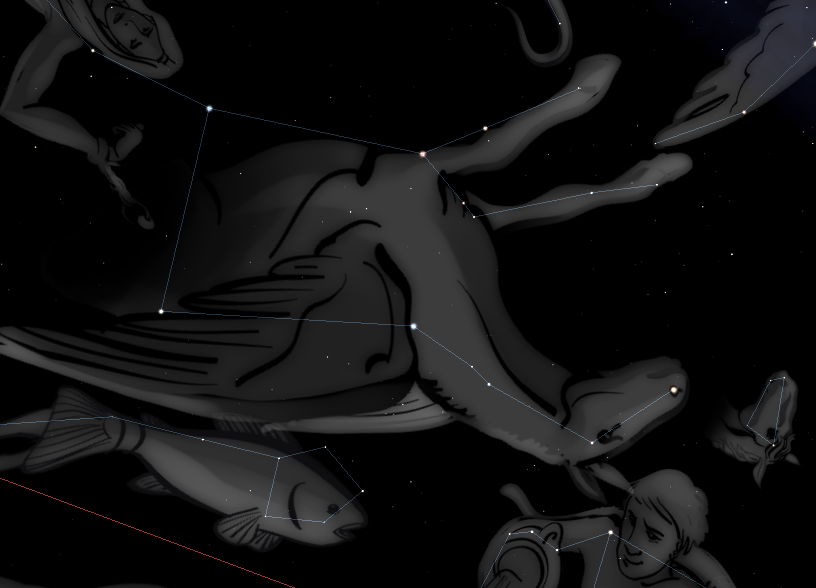
Stellarium中飛馬座的星圖,其中秋季四邊形為馬身處最亮的四顆星
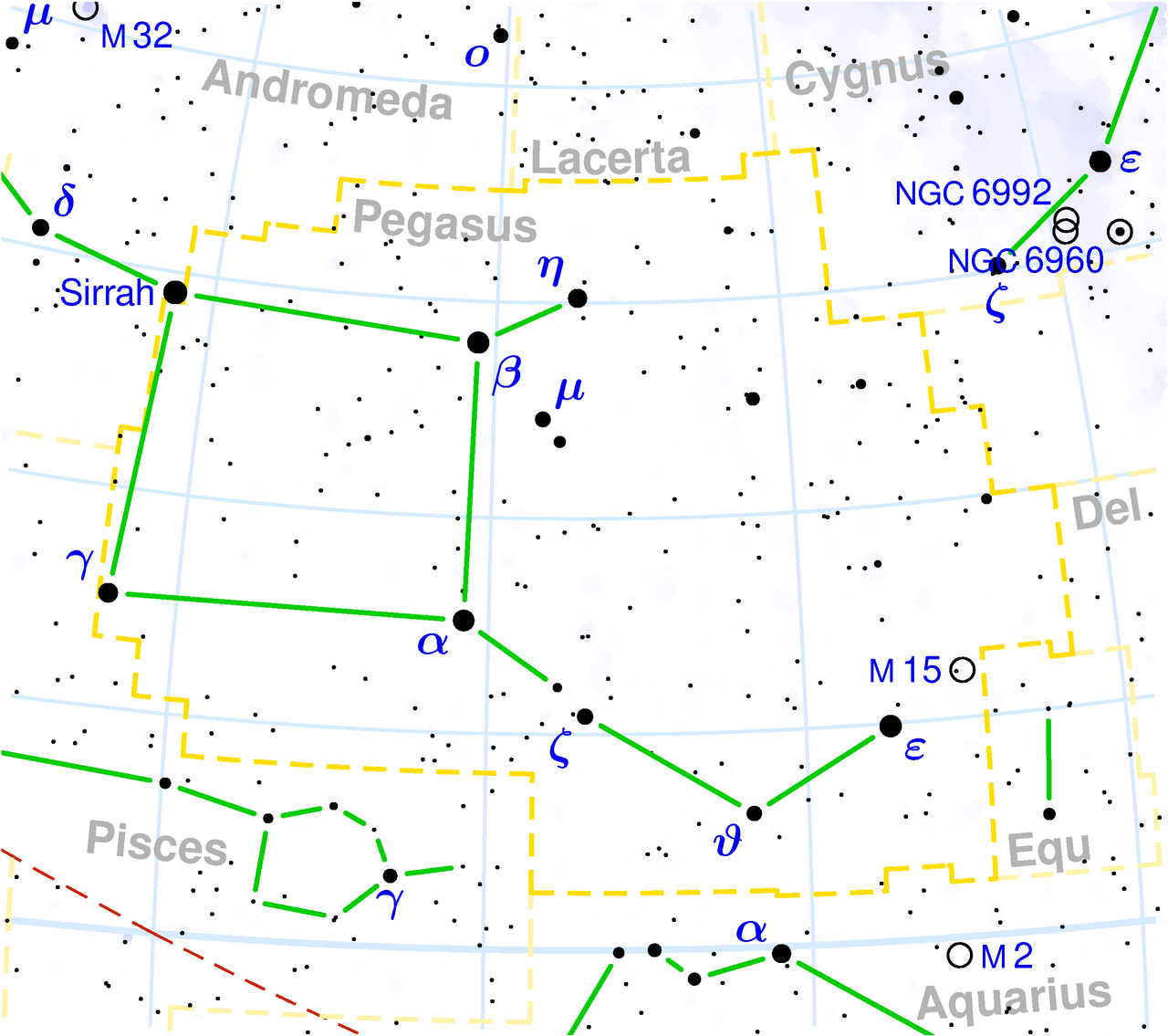
秋季四邊形星座圖
南半天有
秋季南三角
秋季南三角(又名秋季南天三角形、南天大三角或秋季大三角)是北半球的秋季時,由南天的三顆亮星所組的三角形,它們分別是南魚座的北落師門、鯨魚座的土司空及鳳凰座的火鳥六。[1][2]這三顆星分別是其所在星座最亮的恆星。
秋季南三角觀察法
秋季南三角位於著名的秋季四邊形以南,順著秋季四邊形往南找,便很容易觀測到。
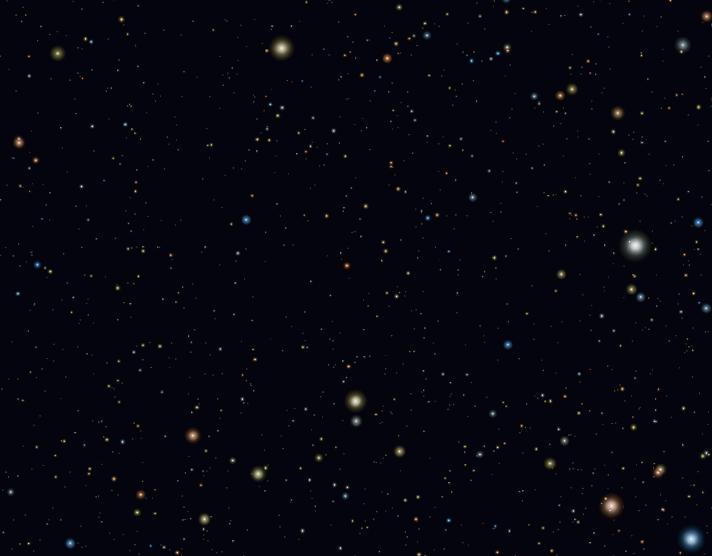
秋季南三角
何不趁機讀讀
Telescope Equations
Useful Formulas for Exploring the Night Sky
Index to This Page
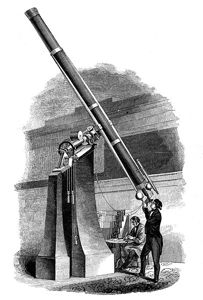
 |
Introduction |
 |
The Process |
 |
Terms & Symbols |
 |
Scope Equations |
 |
Special Cases |
Introduction
Stars are so unimaginably far away that the light we receive from them arrives in rays that are perfectly parallel. Your eye is designed to focus these parallel rays to a point, allowing you to identify where the light is coming from.

A telescope, in its original configuration (refractor), consists of two lenses. The first one, the objective lens, collects light and focuses it to a point. (Note that the objective mirror in a reflecting telescope does exactly the same thing.) The second lens, the eyepiece, catches the light as it diverges away from the focal point and bends it back to parallel rays, so your eye can re-focus it to a point.
Notice how the telescope has taken all the light passing through the objective lens and compressed it down to a column of light that will pass through the pupil of the eye. This is one of the three major tasks of the telescope, the full list being:
- Collect way more light than your eye can, to make a bright image
- Resolve more detail in the image than your eye can without assistance
- Magnify the image so you can see the additional detail

The equations on this page permit you to find just exactly how well the telescope will perform these tasks, and along the way I also show how the tasks are accomplished, by explaining both the theory and the practice. We will be talking specifically about visual observing through the telescope � how the telescope and your eye work together. Understanding photography starts with understanding these ideas, and here we are going to stick to visual observation.
CAUTION – telescope manufacturers will often advertise the magnification of the scope, and give really big, impressive numbers. The problem is that the number is essentially meaningless.
The magnification of a telescope is a combined function of the scope and the eyepiece that is used, so the user can set the magnification to almost any arbitrary value by selecting a suitable eyepiece. Whether the resulting image is clear, or barely visible, depends on other properties of the telescope. Therefore the magnification is not the most important measure of a telescope.
What actually is the most important measure is the diameter of the objective, or more simply the scope diameter, because that determines both the resolving power (the smallest detail you can see) and the light-gathering power (the faintest objects you can see). How the scope diameter determines the performance of your telescope is explained through the equations below.
Tutorial Presentation
![]() Tutorial PowerPoint (2010 version)
Tutorial PowerPoint (2010 version)
Presentation of the Telescope Equations
This is how I teach the equations. Note that the full explanation for each slide is in the notes.
Updated 10 Nov 2012.
 PowerPoint 97-2003 version Presentation of the Telescope Equations
PowerPoint 97-2003 version Presentation of the Telescope Equations
Thanks for Visiting!
Questions
Your questions and comments regarding this page are welcome. You can e-mail Randy Culp for inquiries, suggestions, new ideas or just to chat.
Updated 16 November 2012
,然後拎著望遠鏡
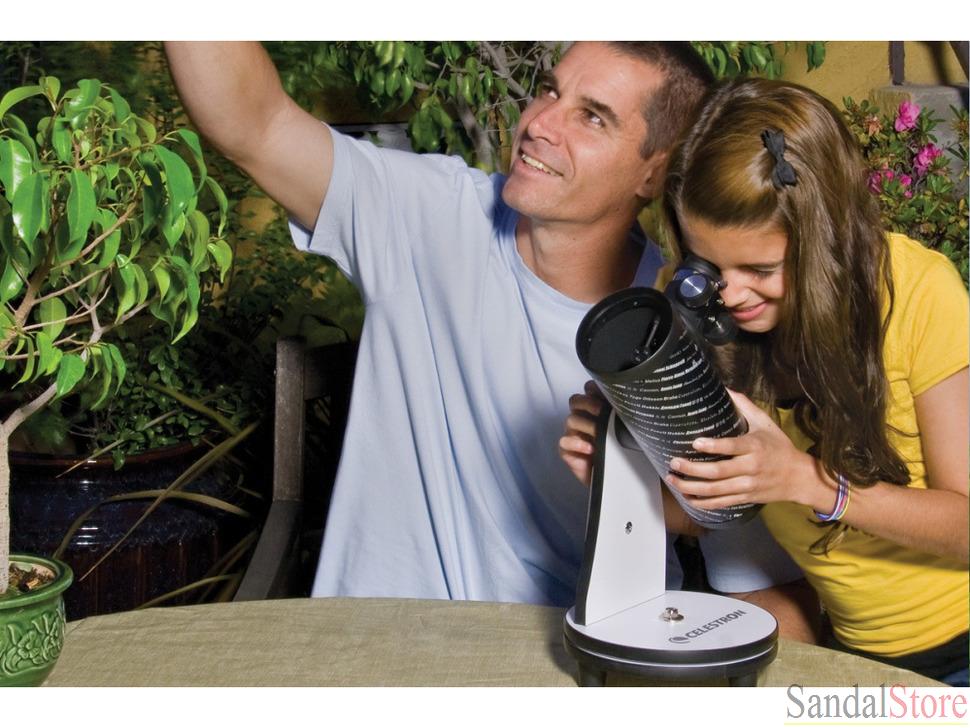
,足步鄉野和山丘,親探星星的故鄉☆★
 Go To Stargazing Page
Go To Stargazing Page